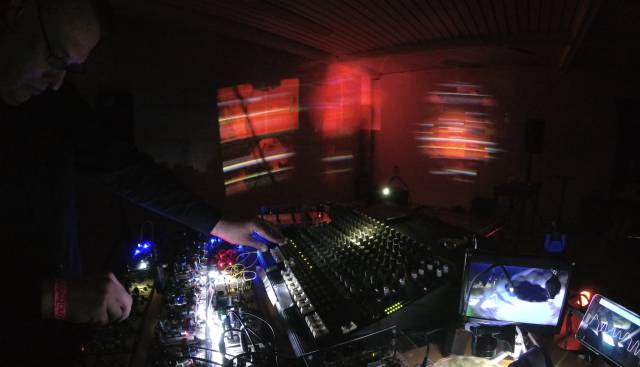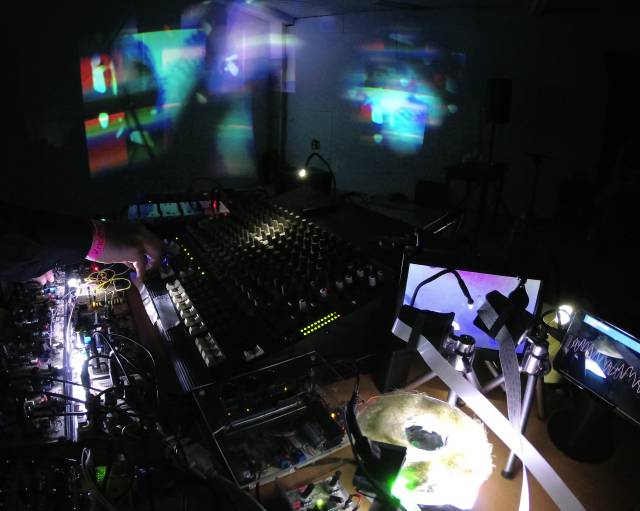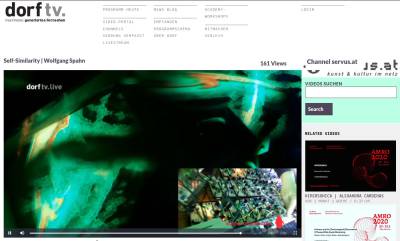Self-Similarity
A sonification and visualisation of fractal systems
“How Long Is the Coast of Britain? Statistical Self-Similarity and Fractional Dimension”, is the title of a paper by mathematician Benoît Mandelbrot (1967). In this, Mandelbrot introduces the idea, that coastlines can be modelled by random self-similar figures, thus linking mathematical fractal objects with natural forms. In mathematics, a self-similar object is exactly similar to a part of itself, which means that the whole has the same shape as one of the parts. In nature, however, self-similarity would be described as imperfect: while many parts show the same shape as the whole there are also those that don't quite fit.
Wolfgang Spahn's unique performance „Self-Similarity“ relates to Mandelbrot's ideas by displaying sonification and visualization of fractal systems. Analog computer and analog neural systems communicate with the self-similarity of Patagonia's nature on both huge and macroscopic scale.
The audio-visual performance „Self-Similarity“ displays patterns and structures of lichen, ferns, moss, and seaweed as well as patterns and structures generated by technology. The data stream of a digital projector is transformed into sound, thus audio-visually presenting the electromagnetic-fields generated by coils and motors. By hacking VGA signals, amplifying their sound and implementing both aspects in his performance Spahn visualizes the importance of the machine as an integral part of his art.
This work was supported by the Goethe Institute Santiago, Chile and the University of Magallanes Punta Arenas, Chile.


